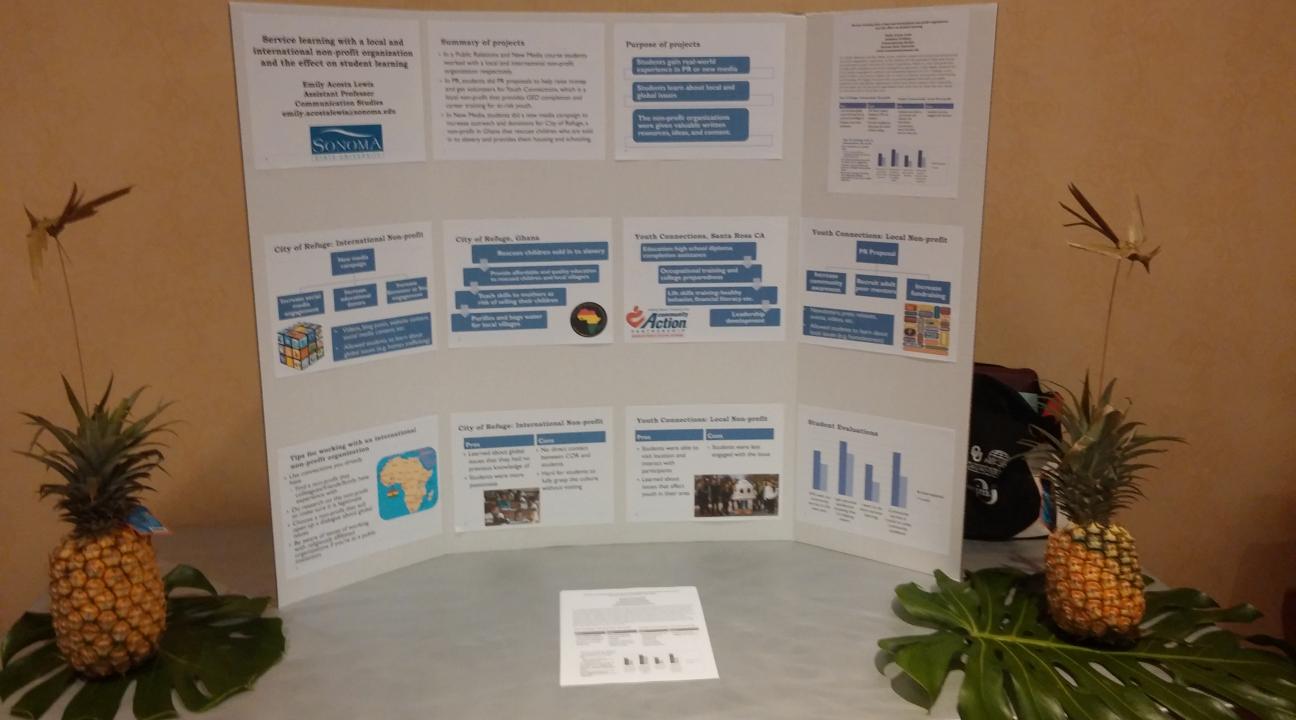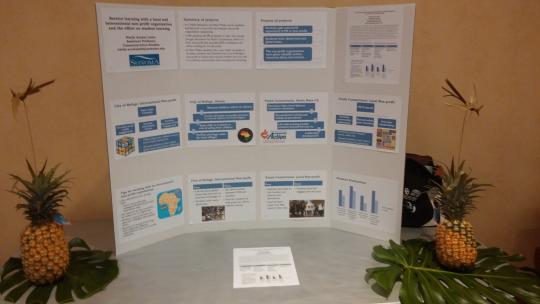Why Aren't All Educators Incorporating Service-Learning?
The most interesting conversation I had during the three days of the 17th Annual Continuums of Service Conference wasn't with a service-learning professional or researcher, it was with a student from Sweden who was doing a three-week exchange program at the University of Hawai'i. She was wandering around the poster session and stopped by my table and asked a simple question "what is service-learning?" Her English proficiency was good, but not great, so I simply explained that service-learning involved incorporating community service and/or work with a non-profit organization in to the course curriculum. She was incredibly fascinated by this idea and thought it sounded like a great way to benefit the community while also giving students real-world experience in an area that they're interested in and broadening their community and global awareness. She went on to explain that service-learning is not done in Sweden and she had never heard of such a concept until that day. She wanted to know everything about service-learning and how it works in the United States. She assumed that because we were at a service-learning conference that it is widely practiced in all classrooms-elementary through college education-in the US. I explained to her that it is not very widely practiced but that it is growing in popularity as research has shown its benefits. She was a bit perplexed and genuinely wondered why everyone does not incorporate service-learning in the classroom.
This got me wondering why this is the case-why don't more educators incorporate service-learning in the classroom? Is it the lack of knowledge about what service-learning is, the lack of resources/time to incorporate such practices, the fact that some teachers/professors cannot see the direct tie to course content or the benefits of service-learning? I personally think the biggest factor is lack of resources/time. Setting up a service-learning course tends to take more prep time than teaching a course the way it has always been taught. This relates to another factor-not seeing a direct tie between course content and service-learning. It takes time to think figure out how to incorporate service-learning in some areas of study. For some areas, like communications, business, and sociology, the link is easy to see, but for other areas, like the hard sciences, it may take a bit more creativity and thought to incorporate service-learning. Additionally, many educators would probably be more willing to take the time to incorporate service-learning if they knew how beneficial it could be for students. Research shows that service-learning increases retention, learning, engagement, and graduation rates for both college and high school students.
Related: Why Don't Students Know About Service-Learning?
The most surprising thing that happened at the conference was when a woman from a non-profit organization based in China came up to me and said "Thank you for the work you do." I was a bit taken aback-I don't think of incorporating service-learning in a classroom as something that I should be thanked for, but it certainly accentuated the importance of service-learning to those in the nonprofit sector. I believe that incorporating service-learning in all areas of education may be more time-consuming during course planning but is more beneficial for everyone involved in the learning process and personally very rewarding as well.

Author: Dr. Emily Acosta Lewis



